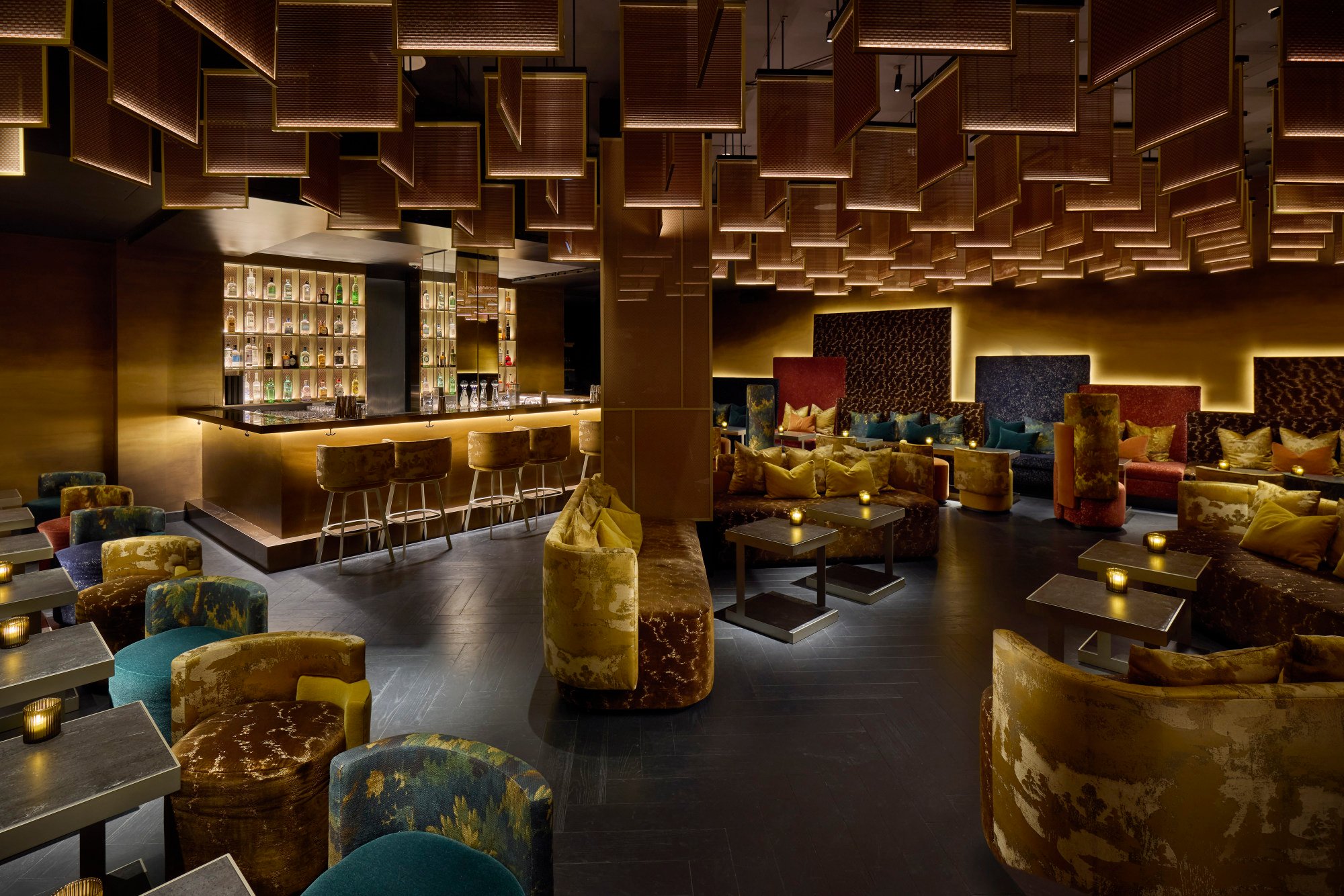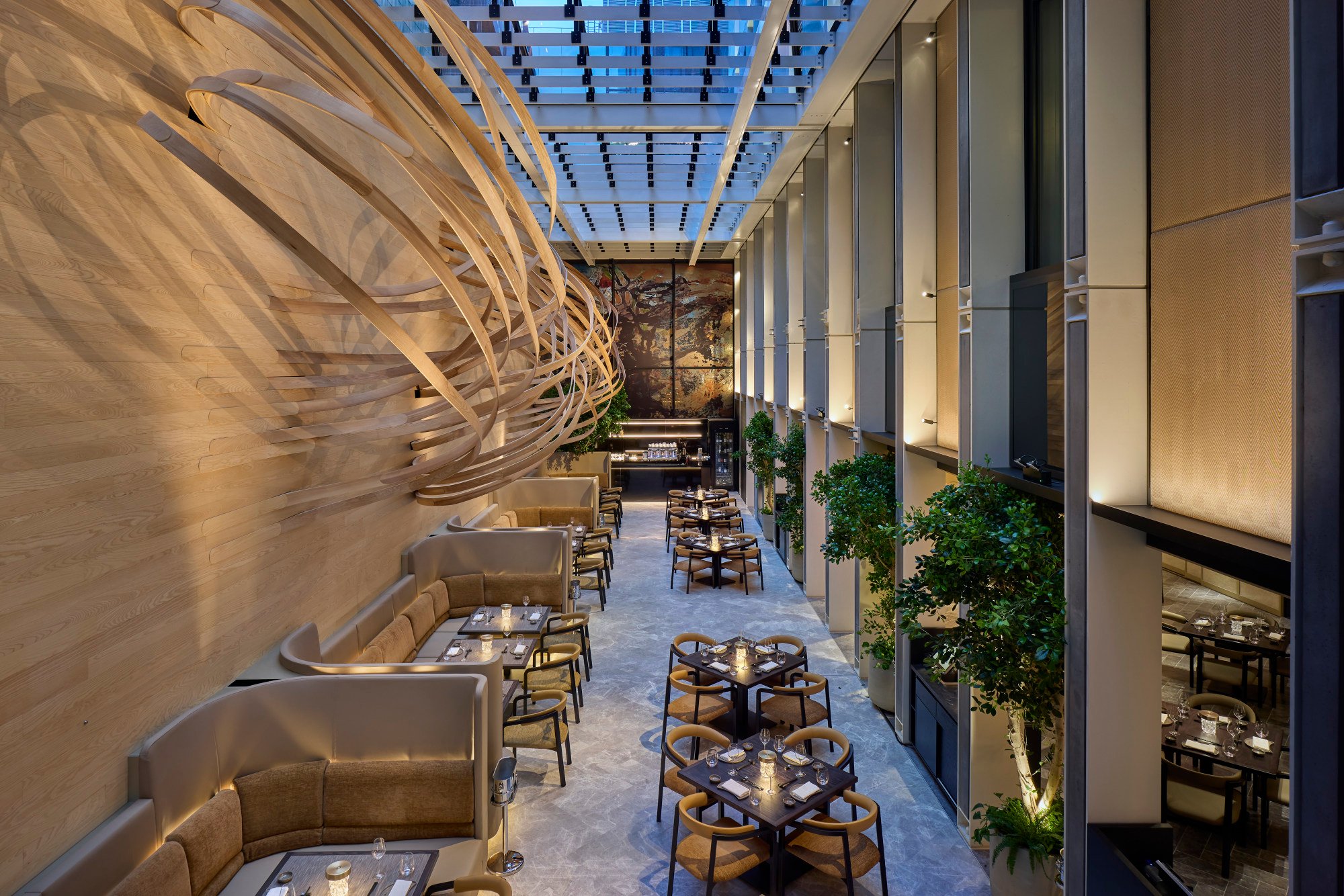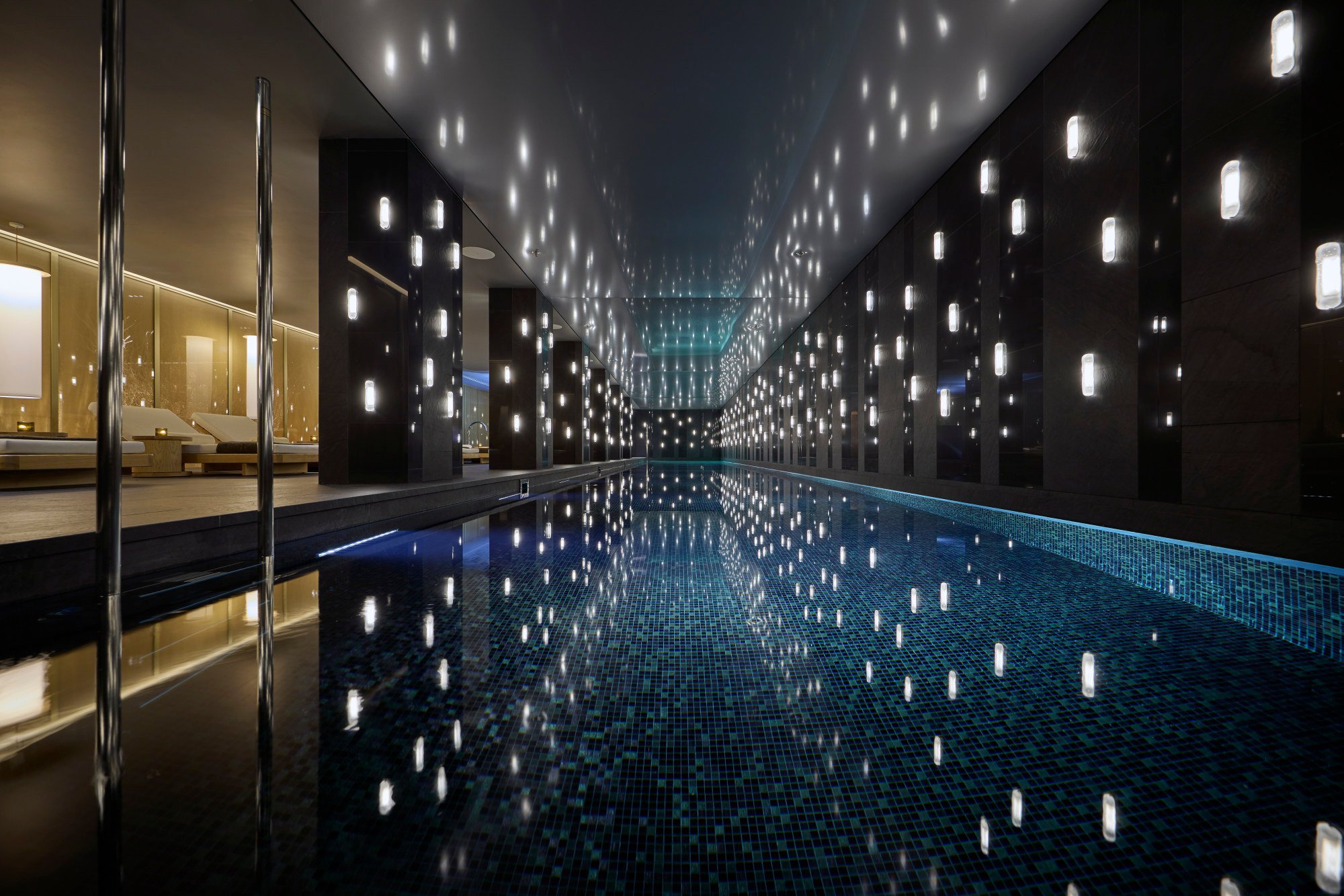Hatje believes the hotel will attract a similar clientele to The Landmark, of which she was the launch general manager in 2009.
“From her experience launching The Landmark, Susanne understands well how the Mandarin Oriental brand can be translated from glamorous heritage to intimate and modern,” Mandarin Oriental Hotel Group’s chief operating officer, Christoph Mares, said.
Hatje points out that while the two Hong Kong hotels are both in Central, this latest property takes the Mandarin Oriental into another district of London.
The Mayfair hotel sits on Hanover Square, 1.5km (1 mile) from its sister, around the corner from Bond Street with its designer fashion boutiques, and Savile Row, renowned for its tailors, and with many art galleries within walking distance.
“We anticipate attracting a slightly younger demographic than at the Mandarin Oriental Hyde Park who desire to be in the heart of the city, close to art, culture and design,” says the group’s chief development officer, Francesco Cefalu.
Like The Landmark, the Mayfair property is surrounded by other buildings, and the design (the public spaces and spa by Tokyo-based Curiosity) keeps the eye focused inside with warming colours and striking details, resulting in a stylish, luxurious cocoon of a hotel.

Playing on its sartorial surroundings, a “catwalk” leads from the lobby to the reception in the form of a bridge at ground level above the all-day dining restaurant Akira Back.
The restaurant is reached by a dramatic green Ming marble circular staircase – “our version of a grand London hotel staircase”, the hotel’s spokeswoman tells me – the Chinese marble’s distinctive colour a nod to leafy Hanover Square.
Akira Back is named after the Korean chef who oversees the hotel’s bars and restaurants. Back, who grew up in the US state of Colorado, where he was a professional snowboarder, has a Michelin-star restaurant in Seoul, South Korea.

His first venture in the UK offers a creative mix of modern Japanese with influences from his Korean heritage and international travels. Dishes include tuna “pizza” (a cold starter of sashimi on a crispy base), Wagyu tacos, 48-hour-cooked short ribs and bibimbap.
The adjoining ABar is a coffee spot by day and a lounge bar at night. Live DJs perform at the weekends.
Dosa, meaning “expert” in Korean, is a 14-seater chef’s counter that will focus on contemporary Korean food when it opens. A rooftop bar serving Asian-inspired cocktails is also yet to open.
In keeping with the other hotels in the chain, the MO Mayfair has an impressive spa – in this case with dark tones and beautifully lit – including a shimmering 25-metre mosaic swimming pool.

Having just 50 guest rooms and suites adds to the exclusive feel, with rates starting from £1,000 (US$1,280), the norm these days for new luxury London hotels.
Entry point rooms are a decent size for central London, at 33 square metres (355 sq ft), and designer Studio Indigo is renowned for work on luxury yachts so knows how to maximise space appealingly. All rooms have a sitting area and bar, and include sliding screens to close off and open up the bathrooms.
Each room and suite features silk wallpaper depicting flowering magnolia branches (another nod to Hanover Square) by British firm de Gournay, hand-painted in its Shanghai studio. The direction of the flowers corresponds to feng shui principles, the hotel spokeswoman says.
There’s a high proportion of suites (22) in three categories, plus two premium suites, named Hanover and Mayfair (the best).
The Hong Kong hotel chain’s plans for the British capital do not end in Mayfair. Slated for 2028 is the Mandarin Oriental Bankside, on the south bank of the River Thames, near the Tate Modern museum and opposite St Paul’s Cathedral and The City.
And June 3 did not see just one MO hotel opening – the Mandarin Oriental Muscat, in Oman, also threw open its doors on that day.







